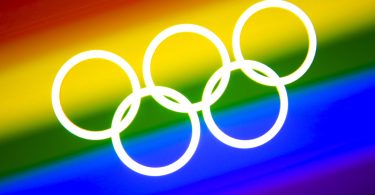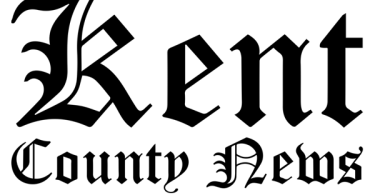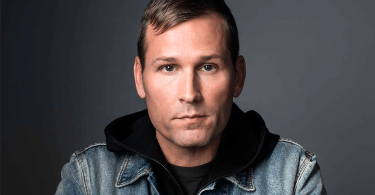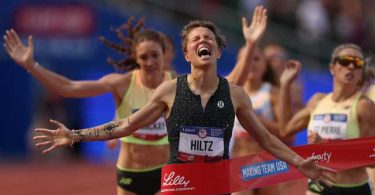Drag queens are a huge part of LGBTI culture—look no further than GSN’s own extensive coverage of RuPaul’s Drag Race.
But drag kings also exist. In this video by Stylist, two women explain why they became drag kings as they transform using makeup.
Meet Zayn Phallic and Adam All
‘I first did drag about ten months ago,’ says drag king Zayn Phallic. Phallic was inspired to pursue drag after seeing a drag king show.
‘The first time I officially put a suit on with the mind to dress in drag, I just turned 18,’ recalls drag king Adam All. ‘It was a huge turning point because it was so liberating.’
‘I found all these different sides to myself that I didn’t sort of know existed,’ Phallic says. ‘As a person who walks around and gets seen as a woman, I have all of my hang ups that I have from living in a patriarchal society. And there’s things that I would do on stage that I would never do in my woman life.’
Freedom of expression
‘It’s about expression as much as it is about breaking down gender stereotypes,’ All says. ‘It’s also about expressing parts of myself that I had to hide otherwise.’
‘There’s something about standing in the middle of a stage in front of hundreds of people and just being like, “yes, I am here, I am worth something, you’re going to pay attention to me right now,”’ Phallic explains.
‘Drag definitely helped my confidence,’ All says. ‘Definitely, massively, changed me.’
‘Zayn, my character, has been manspreading into my life. He’s given me a voice and strength in my regular life that I didn’t have before,’ says Phallic.
‘What is masculinity?’ All ponders. ‘What is femininity? Why are those things that we label objects, with people, with colors. Why do we have to label stuff?’
Female marginalization
‘The world does treat you differently based on what you’re perceived as,’ Phallic states.
‘Drag kings I really feel are pushing forward to bring more awareness to the female-bodied and female-identified side of the scene, which is so often marginalized,’ states All.
‘We face a similar sort of issue that female stand-up comedians have,’ Phallic believes. ‘When there’s this assumption that you can’t be funny, or somehow you’re just not good enough.’
‘If I step on stage and I’m doing my act and I am showing power and I am standing with strength, that’s not necessarily something that everybody wants to see.’
‘And I think that is part of the reason why up until now they’ve not had the same coverage that drag queens have had,’ All adds.
‘What’s so good about the drag king scene is that we are a family. It’s a community,’ says Phallic. ‘When you go, it’s just completely unpretentious. The audience go mental as soon as they’re in there. They dress up, the put mustaches on, everyone just has a really good time.’
‘I think that the queer scene has got room for more and that’s happening,’ says All.
The future of drag kings
‘When I first started doing drag, one of the first things I did was I started having a go at some of the people who ran shows,’ Phallic recalls. ‘And started saying “why are your line-ups so white? Why is there not any diversity in the show?”’
‘I think that the drag king scene has boomed massively over the last few years,’ says All, now in full boy drag. ‘I think it has always been there in the underground and I think that it’s always been massively underappreciated and massively underestimated.’
‘Time will show drag kings standing as equals with drag queens.’







